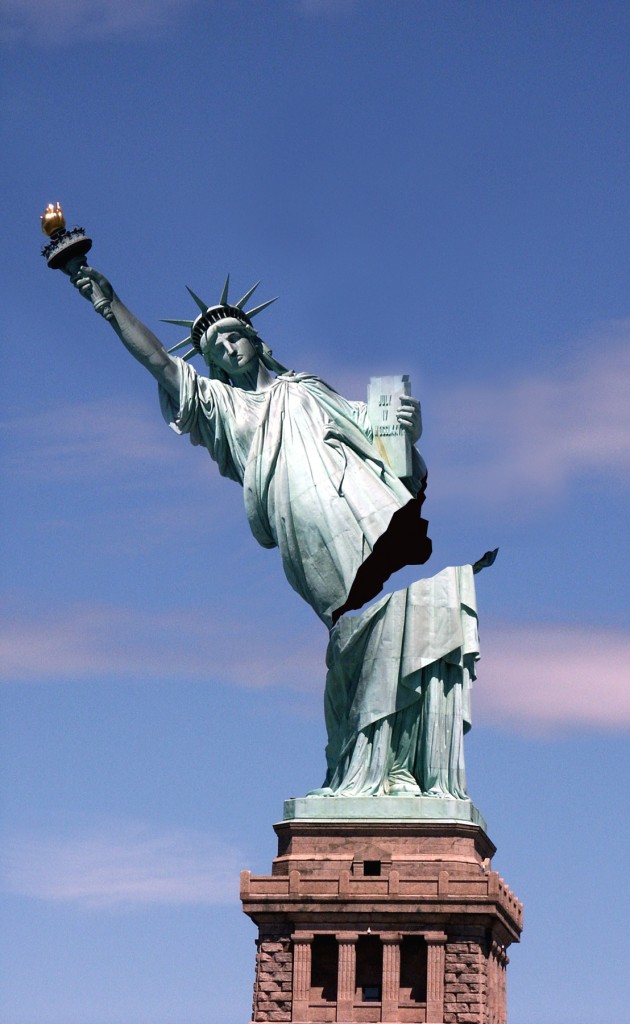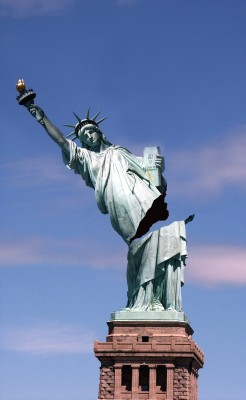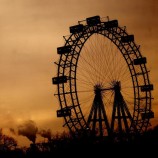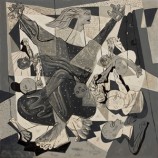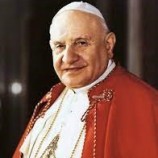We owe a lot to the United States. For instance, we have the remarkable music of George Gershwin and the black-spiritual hymns of the Christianized ex African slaves of Mississippi to thank them for. It’s too bad, in counterpart, that they continue to shove McDonald’s, Coca Cola and the Simpsons down our throats…
However, as we own up to this debt, we also ask permission to interrogate history and verify whether or not the Yankee Empire, now buckling under an external debt of sixteen trillion dollars and an unbearable unemployment rate, is running on their last tank of gas.
All growth has limits, (the cosmos is finite) and it would not be possible to grow as much as the US has inflated in recent history without suffering the consequences of this colossal teratomorph. That must be why Switzerland remains sober and tiny, castled in their alpine snows…
The swift territorial expansion of the U.S. is divulged by Olavo de Carvalho in his savory book “The Garden of Afflictions,” 1995. In just 103 years, the nephews of Uncle Sam more than doubled his territory. The imperialist escalation occurred as follows:
– 1803. Louisiana Purchase.
– 1812. Attempt (failed) invasion of Canada.
– 1823. Monroe Doctrine.
– 1845. Annexation of Texas.
– 1846. White intervention in California. War against Mexico.
– 1854. Installation at spearheads in Japan
– 1867. Purchase of Alaska.
– 1898. Annexation of the Philippines. Intervention in Cuba. War with Spain.
– 1908. Construction of the Panama Canal.
Olavo de Carvalho questions: “How was it possible, given the facts of such magnitude, that the European powers did not realize at once the birth of an empire predestined by God to be their undertaker?”
Although the moral justification for this expansionism was the alleged safeguard of liberty, the Yankee State thereby deemed themselves the rightful world hammer, intervening in all corners of the world to impose their own world view and geopolitics. U.S. growth depended on the tactic of dividing the world into two heaps: the “allies” and the rest. As for those who disagreed, the “big stick” policy was put into effect. Among the “allies” sided with the home of the free, various tyrants of economic regions of interest are included…
The Vietnam War, 1959-1975, was a watershed. With it, the “patron to the poor” mask had fallen. TV footage showed the American people with napalm bombs defoliating the tropical vegetation simultaneously along with the defenseless children. Besides the shameful defeat and the mourning of American families, this conflict threw into Mekong mud the speech claiming that patriotism builds heroes. A black tide of guilt led the American people to beat their chests and take to the streets in protest against the war.
Since then, amplified by the internal struggle for the defense of civil rights, voices of refusal resounded in every corner of America. The current U.S. economic crisis is far less severe than its moral crisis, expressed unequivocally by one and a half million legal abortions per year, the 20 million drug addicts and its growing prison population of two million inmates in 2002. Not to mention the constant bang-bang environment, owing to the fact that 90% of U.S. citizens possess a firearm. It is all contained in the “American way of life.”
With Regards to Brazil, one cannot help but wonder: is it best to continue to monkey around a model of society that invariably leads to its own demise? And if there is still time to save the national soul from the metastases coming from the North…
Related Articles


